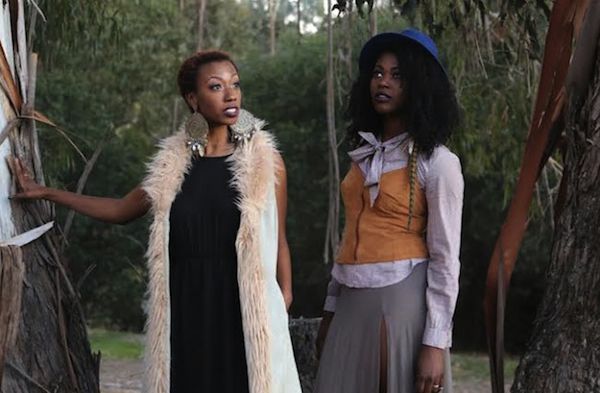You
may have heard it said that then most ecological car to drive is a used
car, because it doesn’t have to be manufactured. The same concept goes
for clothing. Wearing vintage clothing clothing means you are bypassing
the manufacturing process, plus older pieces are often better-made and
long-lasting -and is probably made of natural materials to boot! Lynda
Grose is a pioneer of sustainable fashion, and the author of the book
Fashion & Sustainability: Design for Change. She’s also a fan of vintage clothing.
To
assess how to make clothing people will hold onto for years, Grose, her
colleagues, and students look at “emotional durability.” “We all have
garments in our wardrobes that we’ve kept a long time,” Grose says. “And
why is that? It’s often because it reminds you of a person like your
mother or a time or an experience you had. Steven Skov Holt at our
college talks about ‘sensory empathy,’ meaning that there’s something
about it that appeals to the senses, whether it feels good or it’s a
finish, or it grows with the user. For example, leather gathers a
patina, so it gets better over time. Denim gets faded over time, and it
even takes in the patterns of use that you have, like my husband’s
back-left pocket has the markings of his wallet. It might be the
markings of your keys, or certain whiskering because of the shape of
your body. They’re very particular to you, and that develops this kind
of empathy with you and your garments. So how can we design things that
evolve with the person over time?”
Collectors Weekly talked to Grose and several other proponents of vintage fashions about
fashion and the “green” business of used clothing.


No comments:
Post a Comment